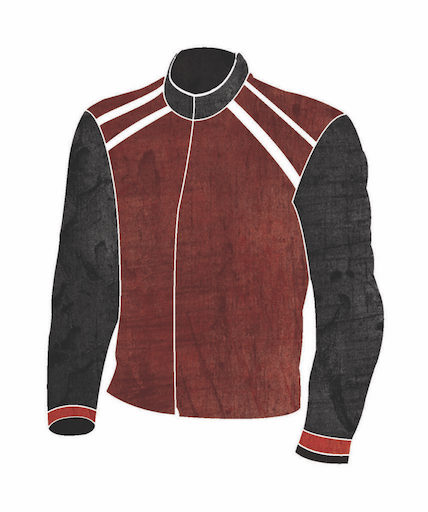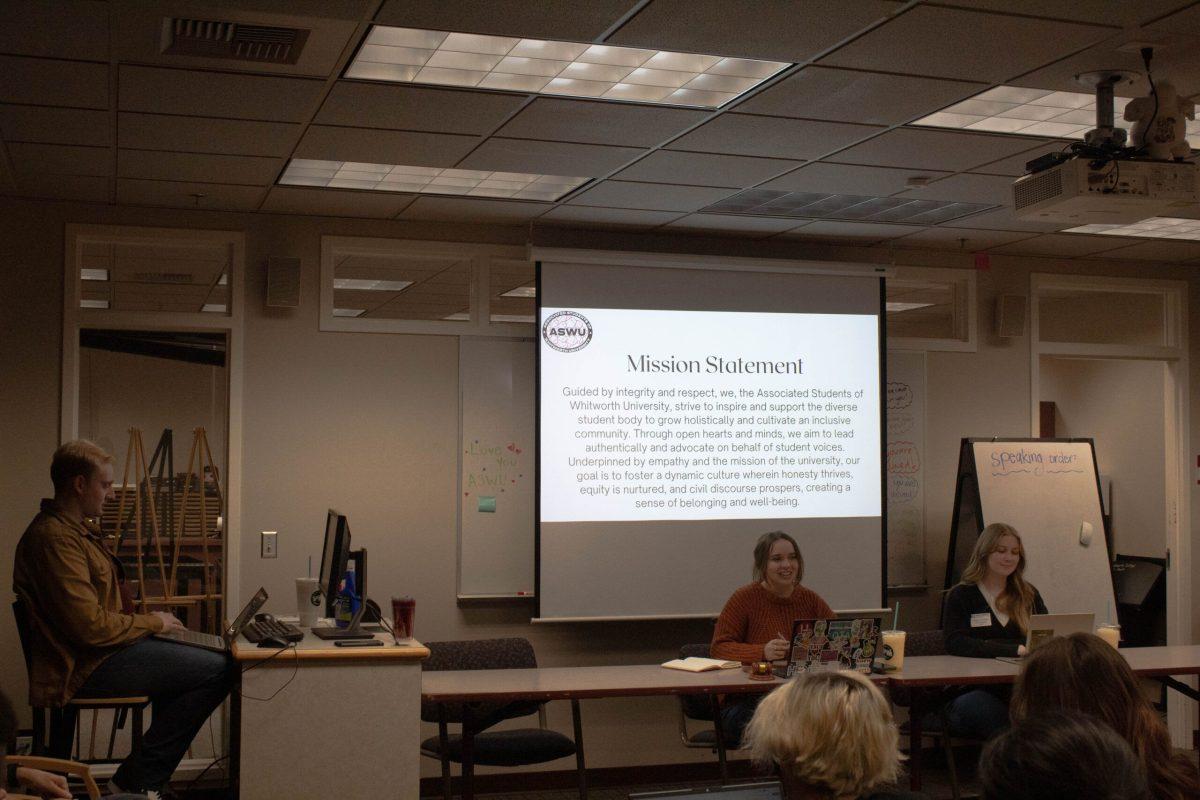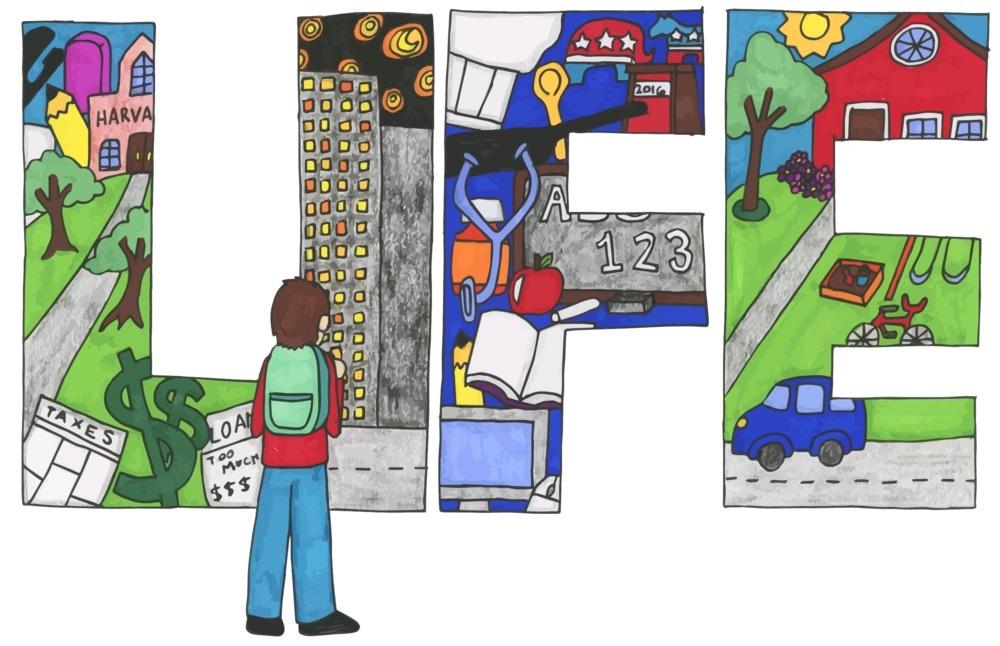Young women of today have grown up with excellent examples of strong women on television, who serve as incredible role models. “You can’t be what you don’t see,” Surgeon General Joclyn Edwards said in the New York Times Magazine almost 10 years ago. She was the first female surgeon general in the U.S.
Historically, television shows rarely portrayed strong, employed women. Many did not consider these desirable characteristics for women, preferring to show women performing domestic tasks. Most television shows only displayed strong women as archetypal, “butch” characters. Of course, there is nothing wrong with embracing the “butch” identity. However, little girls need the opportunity to see that a woman can be strong and feminine.
Nowadays, women on television are playing doctors, lawyers and cops. Young women can now see other women who do not deny their femininity playing traditionally masculine roles. By embracing their femininity, they highlight their accomplishments and strength. Seeing women in these roles on TV will make an impact on young girls.
Today’s girls will be able to see themselves in such positions of power. As a result, I predict society will see an increase in the number of women in more powerful positions. The media has an incredible impact on culture and society, which we ought to use as leverage for social change.
Characters that exemplify powerful women have become central characters in many popular television shows. For example, Leslie Knope of Parks and Recreation, a woman in local government who navigates a corporate culture with an established “boy’s club,” disproves the belief that strong women need to take on masculine characteristics. Additionally, The Mindy Project’s Mindy Kaling, a doctor who still embraces her femininity, also helps disprove that belief.
As with many areas of society, the goal of gender equality in the media is far from complete. However, the television aspect of media has made improvements—especially in relation to the film industry.
In movies, women only represent 28 percent of characters, while 39 percent of characters on prime time are women, according to the Geena Davis Institute on Gender in Media. Seeing women in that many roles allows girls to find role models.
The film industry also lags in other ways in relation to gender equality. Women only make up 20 percent of LL jobs in movies, whereas women hold 34 percent of the jobs in evening television.
“In the 2010-11 prime-time television season, women accounted for 25% of all creators, executive producers, producers, directors, writers, editors, and directors of photography working on situation comedies, dramas, and reality programs airing on the broadcast networks,” according to the research of Martha Lauzen at the Center for the Study of Women in Television and Film at San Diego State University. The fact that more women have become involved behind the scenes of the television industry has likely improved the portrayal of women.
Clearly, 25 percent is not equal, but we can see that more women are working in television, so they are beginning to be represented more fairly. Women can work to improve this by modeling after these strong roles in everyday life to young girls.
Contact Whitney Carter at [email protected]






